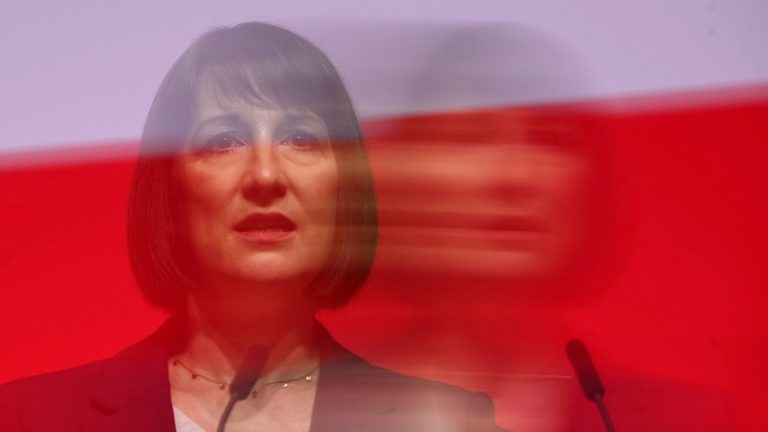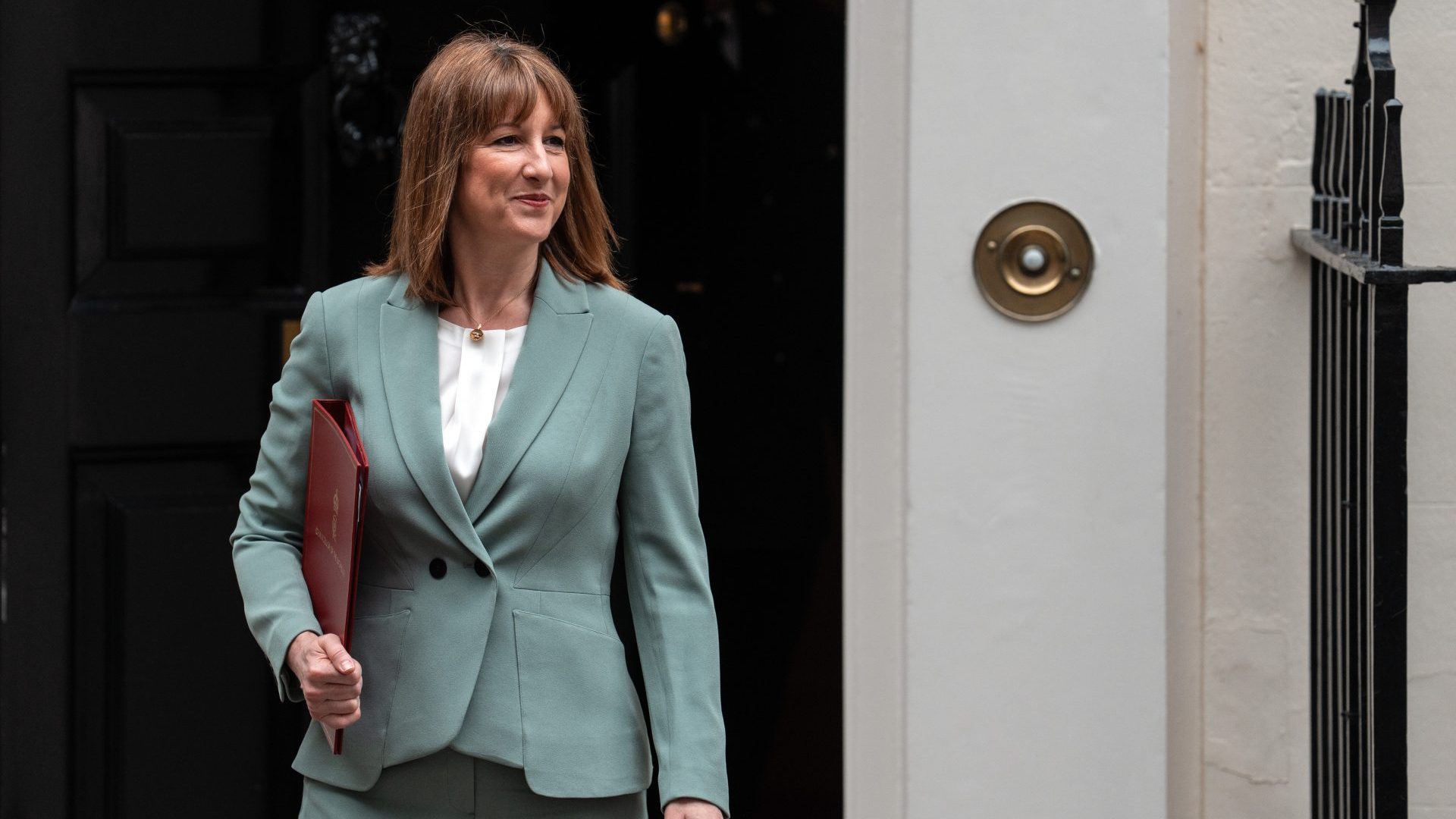At its core, the job of chancellor comes down to two things: tax and spend. The public doesn’t particularly like being taxed — or the collapse of the economy that comes if the government borrows too much — so this side of the job is usually bad news. On the other hand, voters love spending on public services, so that side of the job, at least, should be good.
So for Rachel Reeves, Wednesday’s spending review announcement was as good as it’s going to get — this is the one chance a chancellor gets to play Santa Claus, allocating hundreds of billions of pounds in spending over the course of the next parliament.
Reeves had made sure there would be a significant amount of extra money to spend, too, thanks to her previous decisions. Last autumn’s budget may have been tough, but the combination of the tax rises she announced and her changes to the fiscal rules meant that she had created space for around £113 billion more in investment spending over the next five years.
Unlike when Liz Truss tried to suddenly turn on the spending taps, the markets had plenty of time to react to Reeves’s changes, and she had explained the new rules and where the limits on borrowing would lie. That meant the extra spending announced in the Spring Statement wasn’t going to surprise or shock anyone. Reeves had already done the painful bit, and now she could announce where the money would go.
The good news is that £113 billion is a lot of money, even for a government. There are tens of billions for new transport infrastructure, genuinely ambitious new funding for Ed Miliband’s signature green energy programme, and a sizeable £39 billion investment in affordable housing — though this is over the next decade. Elsewhere, modest but incremental investment is present: there is enough to build new prisons, tackle the use of asylum hotels, and address other immediate crises caused by a perennial shortage of funds.
The programme Reeves was able to announce today was clearly more generous than anything the UK public sector has seen for some time. The question is whether it will be enough to match either of the two big challenges the government faces: making a material improvement to public services, and making the public feel like circumstances have changed for the better.
This is because Reeves’s rules on tax — no hikes on income tax, VAT or national insurance — and her unwillingness to consider any major reforms of the tax system have left little room for manoeuvre, especially on day-to-day government spending (as opposed to investment). £113 billion is a lot of money, but when the government spends more than £1,200 billion every year — and has been cut for most of the last 14 years — it can only go so far.
That means that even where Reeves found extra cash, there was often something clever-clever going on. Defence received enough extra investment to make sure it reached the promised target of 2.5% of GDP spend by 2027, but this required including the spending on intelligence agencies — though this seems a justifiable fudge. More problematic is that while defence has more money to invest in equipment, it has very little extra funding for its day-to-day costs, like hiring and training soldiers, and actually operating a modern military.
Suggested Reading


Labour’s weird gift for alienating everyone
The NHS has the opposite problem: it has been given above-average increases in its day-to-day budget, but this has come at the cost of almost no extra investment spending for a health service desperately in need of modernisation. The money should be enough to see off the worst of crises, but given the NHS famously absorbs almost any money thrown at it — not least on salaries — leaving it without funding to repair hospitals, build new ones, or do a major overhaul of its creaking IT systems feels dicey.
And those two departments are the winners: the Home Office is a notable loser from the spending review, and that feels almost designed to generate good headlines for Reform and the government’s other opponents.
Levels of violent crime, and crimes like burglary, remain far lower than they were a few decades ago, but public perception of crime and antisocial behaviour remains a serious issue. Any time a negative crime story appears, the government can be sure to be reminded that it chose to cut the Home Office’s budget.
Similar stories will recur across government, where other departments have at best modest increases to spending, and several are managing cuts. There is little hope for them other than muddling through and doing their best, as they have for decades.
Reeves has similarly had to deploy every trick to flatter the figures that her Tory predecessors indulged. The spending settlements are much more generous for the next two years than they are beyond that — essentially a promise that even though Reeves is spending generously now, in two years’ time she will have the discipline to stick to much tighter spending plans, despite the inevitable outcry from departments.
Similarly, the figures promise bigger efficiency savings from the NHS than anyone has managed to deliver: it is easy to promise to cut down on sick days and the use of locum staff, but actually doing it has always proven much harder. Labour is relying on that, plus wildly more ambitious savings from HMRC, transport, and elsewhere, to make everything work.
The spending Reeves has announced today is by no means a bad package, and it’s certainly not the same as a Conservative chancellor would’ve set forth. But behind the headlines, its limitations and self-imposed constraints show on all sides.
This is not a credible package for five years — it surely cannot hold. At some stage, more money will have to be found, or else more cuts will have to be made.
Rachel Reeves has managed to hold to her plans for now, and her self-imposed tax rules will similarly endure. Muted as it is, Reeves has just had her best day — her great giveaway, the fiscal Christmas that chancellors get far less than once a year. But it may not be enough to cling to as she faces a long economic winter to come.










